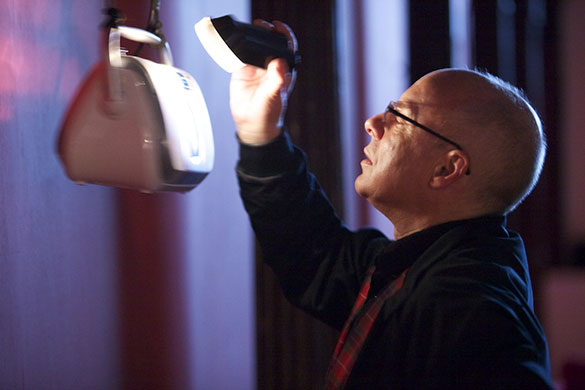 |
| Photo by the Akron Beacon Journal |
One described a study in the journal Psychological Science that found that students who had mindfulness training did better on the English portion of the GRE (graduate school entrance exams) than those who didn't have it. Another was about schools in the United Kingdom that are teaching mindfulness meditation to help students deal with stress, like test anxiety.
Now there's a story about a school in Ohio that's dropping its mindfulness instruction due to parents' objections.
The Plain district piloted mindfulness at Warstler in 2011 and was so pleased with the results it started the practice in its other elementary schools in 2012 and planned to expand it to the district’s other schools this year. Mindfulness involves using techniques like “belly breaths” and “mindful movements” to improve students’ focus and help them better cope with their emotions.Some parents complained about the Buddhist roots of the practices -- the day started with a Tibetan bell being rung -- and others objected to taking time away from academic subjects.
“They were taking valuable time away from education to put students in a room of darkness to lay on their backs. I just didn’t see it happening,” one parent said.
The school's principal had praised the program in December, crediting it with helping to boost the school’s performance index on the state report cards, a measure that had been stagnant for several years in the ’90s before jumping to 105.9. “I can’t imaging running a school without it,” she said at the time, the Akron Beacon-Journal reported.
 |
| photo by the Akron Beacon-Journal via Ohio.com |
“It is a shame that a program that successfully taught children how to discipline their minds and control their emotions is being taken out of the school,” he said in a written statement. “This approach is being used by the United States Marine Corps, and corporations like Google, Target, and General Mills. It is also recommended for wellness by respected institutions like the Cleveland Clinic.”
Ryan said getting children to “focus in a world of distraction” is one of the biggest challenges parents face. “This program is exactly what children need today,” he said. “I hope the school district will reconsider.”



